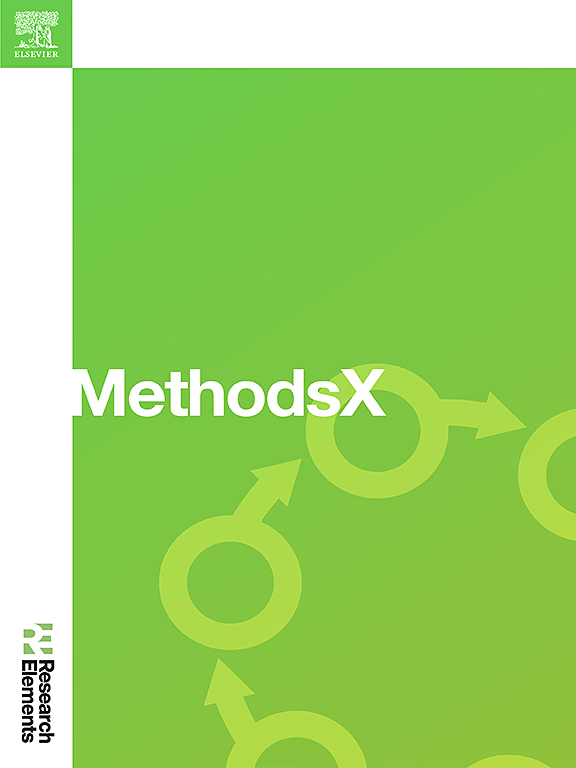γ射线诱变大豆(Glycine max L. Merrill)对真菌Macrophomina phaseolina (Tassi Goid)产生的碳腐病耐受性的方法
IF 1.6
Q2 MULTIDISCIPLINARY SCIENCES
引用次数: 0
摘要
近年来,大豆炭疽根腐病(Glycine max L. Merril)的发病率有所上升。木炭腐病是由土传真菌相绿巨霉引起的。这种疾病通常因缺水和高温而加剧。为了评价大豆基因型对该病菌的反应,在150 Gy和200 Gy的γ射线照射下,在田间和温室条件下对新基因型进行了测试。此外,还分析了总酚含量作为植物耐受性的潜在指标。结果表明,未辐照基因型的发病率为100%,150gy辐照基因型的发病率为87%,200gy辐照基因型的发病率为100%。在耐根腐病基因型和一些具有耐根腐病特征的突变基因型中观察到总酚含量的增加。结果表明,射线诱变可能是培育抗病大豆品种的有效方法。•这种变异性方法可以应用于任何植物物种。•这种方法可以在基因组的任何部分引起突变,这使得它的应用是无限的。•这是一种可以与其他植物育种方法互补的方法。本文章由计算机程序翻译,如有差异,请以英文原文为准。

Determination of the method of induction of mutations by gamma radiation in soybeans (Glycine max L. Merrill) for tolerance to carbonic rot produced by the fungus Macrophomina phaseolina (Tassi Goid.)
In recent years, there has been an increase in the appearance of charcoal root rot disease in soybeans crops (Glycine max L. Merril). Charcoal rot is caused by the soil-borne fungus Macrophomina phaseolina. This disease is typically exacerbated by water deficiency and high temperatures. To evaluate the soybean genotypes' response to this pathogen, novel genotypes developed through gamma irradiation of 150 Gy and 200 Gy were tested under, in field and greenhouse conditions. Additionally, total phenol content was analyzed as a potential indicator of plant tolerance. The results indicate that the incidence of disease in non-irradiated genotypes was 100 %, in genotypes irradiated with a dose of 150 Gy it was 87 %, and those irradiated with a dose of 200 Gy a 100 %. An increase in the level of total phenols was observed in the tolerant genotypes as well as some mutant genotypes with characteristics that show tolerance to the charcoal root rot disease. The results suggest that gamma radiation-induced mutation may be an effective method for breeding disease-resistant soybean varieties.
- •This variability method can be applied to any plant species.
- •This method can cause mutations in any part of the genome, this allows its application to be unlimited.
- •It is a method that can be used in a complementary way to other plant breeding methods.
求助全文
通过发布文献求助,成功后即可免费获取论文全文。
去求助
来源期刊

MethodsX
Health Professions-Medical Laboratory Technology
CiteScore
3.60
自引率
5.30%
发文量
314
审稿时长
7 weeks
期刊介绍:
 求助内容:
求助内容: 应助结果提醒方式:
应助结果提醒方式:


